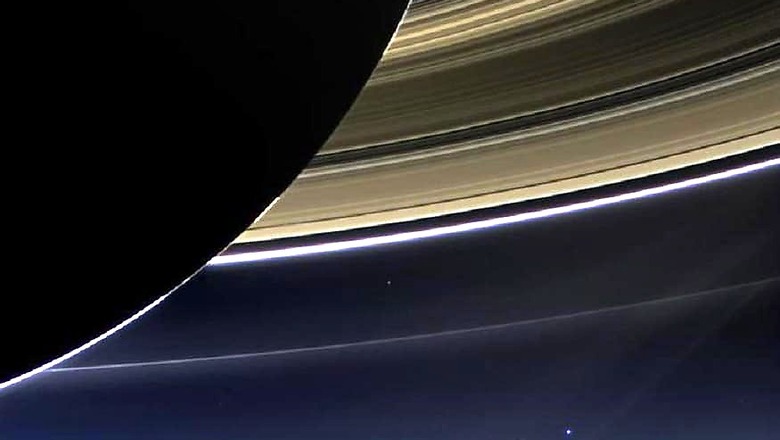
views
NASA's Hubble Space Telescope has captured a "shadow play" caused by a possible planet that is moving counterclockwise around a gas-and-dust disk encircling a young star.
Searching for planets around other stars is a tricky business. They're so small and faint that it's hard to spot them.
But a possible planet in a nearby stellar system may be betraying its presence in a unique way - by a shadow.
A team of astronomers led by John Debes of the Space Telescope Science Institute in Baltimore, Maryland said the shadow is spotted in the stellar system TW Hydrae - located 192 light years away in the constellation Hydra.
The star is roughly 8 million years old and slightly less massive than our Sun. Also read: NASA Sets Its Eyes on Black Holes; to Launch a Probe in 2020
"This is the very first disk where we have so many images over such a long period of time, therefore allowing us to see this interesting effect," Debes said. "That gives us hope that this shadow phenomenon may be fairly common in young stellar systems."
The planet itself is not casting the shadow. But it is doing some heavy lifting by gravitationally pulling on material near the star and warping the inner part of the disk.
The new study offers a unique way to look for planets hiding in the inner part of the disk and probe what is happening very close to the star, which is not reachable in direct imaging by current telescopes.
Debes presented the results at the meeting of the American Astronomical Society in Grapevine, Texas, recently.Also read: NASA Astronauts Complete 'Gravity' Like Power Upgrade Spacewalk



















Comments
0 comment